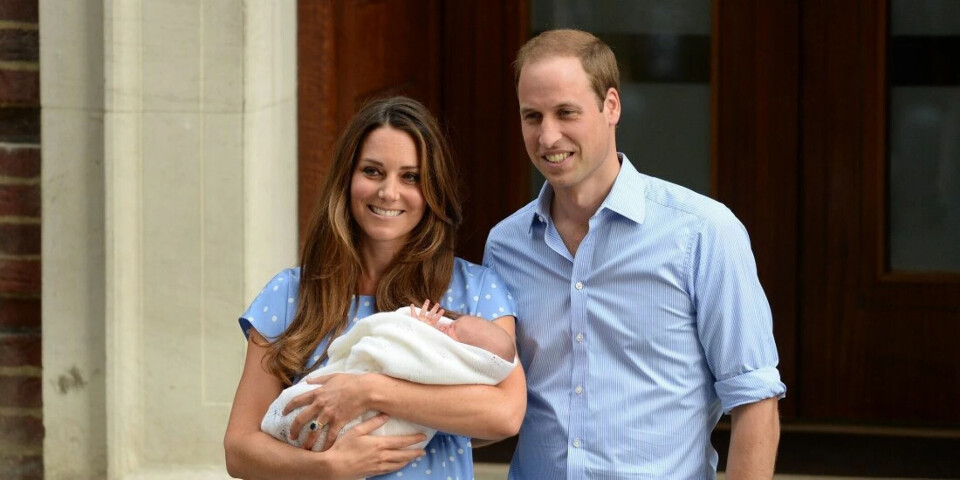THIS CONTENT IS BROUGHT TO YOU BY NTNU Norwegian University of Science and Technology - read more

Why do we cradle babies in one specific arm?
The vast majority of us cradle babies in the crook of our left arm. Researchers think they know why.
You probably haven’t ever given it much thought, but almost everyone cradles babies in one specific arm. The vast majority of people always cradle the baby in the crook of their left arm.
Why is that?
“Researchers have been trying to explain this phenomenon,” says Audrey van der Meer, a professor of neuropsychology at NTNU’s Department of Psychology.
It is undoubtedly a phenomenon and several studies confirm it. The vast majority of people prefer to cradle the baby in the crook of their left arm. Artists have also noticed this.
“The Virgin Mary is usually depicted cradling baby Jesus in the crook of her left arm,” van der Meer says.

The professor has previously studied the phenomenon and has now investigated it in more detail in a review article that includes the latest empirical data and meta-analyses in the field. This work was published in Infancy, an academic journal.
Heartbeat or hearing?
One theory is that most people cradle the baby to the left so that it can hear their heartbeat better. In almost all people, the heart is located on the left.
Can the sound of a beating heart soothe a baby or connect it more closely to an adult?
Or maybe it has something to do with our hearing? Humans often perceive information in the form of sound faster with their left ear than their right.
The theory is that most people cradle a baby to the left because we then use our left ear and eye to get information about the baby’s emotional state. Signals from the left are sent to the right hemisphere of the brain, which is specialised for interpreting emotions and faces.
However, perhaps the most intuitive explanation is also the most correct.

Associated with the dominant arm
A few years ago, van der Meer published an empirical study together with Åsmund Husby. This theory holds that the phenomenon is closely related to the arm we use the most.
“Interestingly, this has not been regarded as an adequate explanation, even though it intuitively seems logical,” she says.
New findings have strengthened this theory.
“Nine out of ten people in the world are right-handed. We still believe that this is the best explanation why the vast majority of people cradle babies in the crook of their left, non-dominant arm,” she says.
We are usually doing something else while holding a baby, not just posing for a picture or showing it off. So, we basically do what is most convenient.
We want our ‘best arm’ free to do other things
Most of us cradle a baby to the left in order to have our right hand free. Generally speaking, it is most natural for left-handed people to cradle a baby in the crook of their right arm.

“It's perhaps interesting to mention that there are many pictures of William, the Prince of Wales, cradling a baby in the crook of his right arm. He is left-handed,” van der Meer says.
However, right-handed Kate, the Princess of Wales, cradles babies in her left arm, like most of us.
This does not mean that van der Meer uses royal preferences as proof of the phenomenon. Instead, she has taken other theories into account and focused on the empirical data, and her conclusion is clear.
“The explanation that we cradle babies in the arm we use the least is also true if other factors are taken into account,” van der Meer says.
However, the phenomenon applies only to babies.
As children get bigger and heavier, most people tend to carry them using their dominant and stronger arm.
Reference:
van der Meer, A.L.H. Handedness as a major determinant of lateral bias in human functional cradling, Infancy, 2023. DOI: 0.1111/infa.12572
More content from NTNU:
-
Why are pregnant women in Norway so worried?
-
Politics on Facebook: Populist parties choose divisive issues on purpose
-
Social media is connected to cyberbullying – but not how we thought
-
Forskere ved NTNU får nesten 24 millioner av EU for å lage nye strømomformere
-
This helps the youngest children enjoy school more
-
Can we tap the ocean’s power to capture carbon?





































